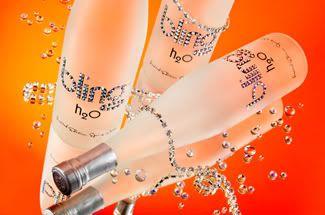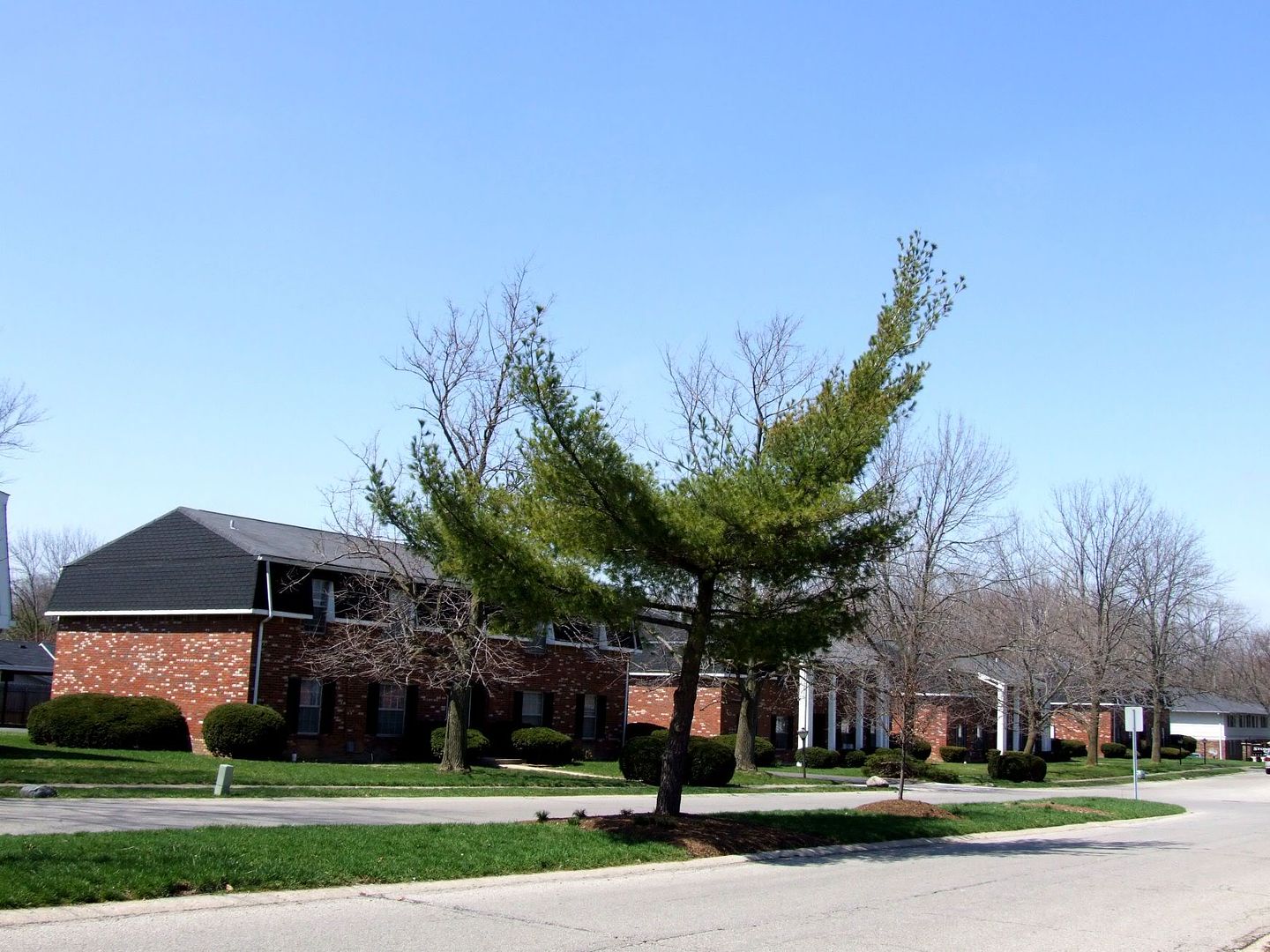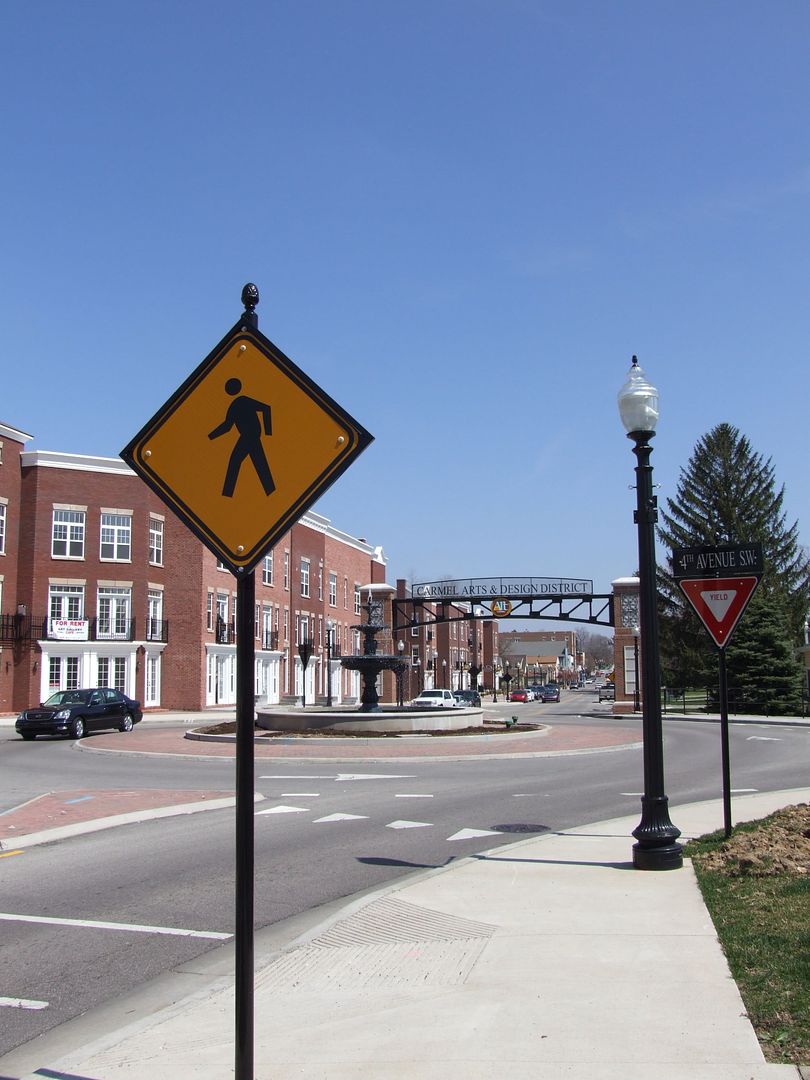This Guy Can Get 59 MPG in a Plain Old Accord. Beat That, Punk.
News: Drafting 18-wheelers with the engine off, taking death turns at 52 miles an hour, and other lessons learned while riding shotgun with the king of the hypermilers
By Dennis Gaffney
on a midsummer saturday in a sprawling wisconsin parking lot, about a dozen people are milling about a candy-apple red Honda Insight. They're watching Wayne Gerdes prepare for his run in Hybridfest's mpg Challenge, a 20-mile race through the streets of Madison. Wayne is the odds-on favorite to win the challenge, in which drivers compete to push the automotive limits not of speed and power—a desire those gathered here consider old-fashioned and wasteful—but for the unsexy title of Most Fuel-Efficient Driver in the World.
Wayne is believed to be that driver, but he's nervous, because all day long the hypermilers—the term Wayne invented to describe the band of brothers who push the limits of fuel efficiency—have been getting crazy-high miles-per-gallon readings, as much as 100 mpg. For the race, he's borrowed a buddy's Insight and, in order to decrease the car's mass, jettisoned everything that's not screwed down. Car detritus—a pillow, towels, cleaning supplies, a tool kit—sits neatly on a blanket on the macadam.
What can't be jettisoned is Wayne himself, who at 6 feet 1 inch and 210 pounds looks too big to fit into this tin can two-seater. ("I would love to lose 60 pounds," he tells me, "because it would help my mileage.") In Wayne's world, fuel efficiency is not about the car. It's about the driver. Wayne doesn't get high mpg marks by tinkering with engines or using funky fuels or even, most days, by driving a hybrid. He gets them by driving consciously—hyperconsciously. He takes out his wallet and his keys. Then he removes his sneakers. "We'll put them on eBay," cracks one of the onlookers. "He's speeding," someone says as Wayne exits the parking lot. "Look at him go." Wayne is doing no more than 15 miles per hour. Before he's out of sight, though, he turns a full loop on the exit road to slow himself down, so he doesn't have to brake at a traffic jam ahead. Wayne hates braking.
Forty-five minutes later, Wayne is still driving the bucolic 20-mile course when raindrops as big as marbles begin falling and winds send trash hurtling across the parking lot. Everyone runs for cover, and I jump into a Toyota Prius owned by one of Wayne's hypermiling buddies, Dave Bassage. Puddles and high winds are a hypermiler's nightmare. "Nature's putting on its own energy show," says Bassage, watching the blasts of lightning through his water-splattered windshield. "This pretty much screws Wayne."
two nights earlier, on a clammy 80-degree Chicago evening, I wait for Wayne at the curb at O'Hare International Airport. I first see his technique as the car he's driving, a 2006 Honda Civic Hybrid, pulls over to pick me up. Drifts over, actually, like a jellyfish. Around Wayne is madness in motion: Drivers in four lanes are accelerating hard, weaving erratically, or grinding to a halt. To Wayne, these are the driving habits of the ignorant and the wasteful—which is to say, nearly all of us. Wayne's car glides to a stop as if it has run out of gas. Wayne has stopped without braking.
The car is owned by his friend Terry Honaker, who, with his wife, Cathy, is along for the ride. Inside it's hotter and even more humid than outside. As we take off—or, more accurately, as the vehicle rolls forward really slowly—I notice that all four windows are closed and the AC is off. I'm sitting in one of the most technologically advanced cars in the world, and it feels like I'm trapped in a fanless tollbooth in Biloxi, Mississippi, in August. We take the interstate to Wayne's house. The speed limit is 55, and most of the traffic is zipping past at 75 or so, but Wayne hovers around 50 mph. He's riding the white line on the right side of the right-hand lane.
"Why are you doing that?" I ask from the backseat. "It's called ridge-riding," he explains, using another term he's invented. He ridge-rides to let people behind him know that he is moving slowly. I imagine it's also a way to avoid dying plastered to the grill of a semi. Ridge-riding, Wayne explains, saves gas in the rain, as it gets the wheels out of the puddly grooves in the road created by more, let's say, traditional drivers. "People are burning fuel to throw water in the air," he says, adding that you can hear if you're driving in the road's grooves or out of them. That's interesting, but I'm having a hard time concentrating, because my back and butt are beginning to stick to the seat. "Is anybody a little warm in here?" I ask.
I don't think Wayne hears me, because, as a Chevy Tahoe whizzes by, he notes, "I imagine that it's getting 10 to 13 miles per gallon climbing this hill. We're getting about 80. It'll drive you crazy." I'm thinking that hypermiling consists of driving like a 90-year-old in a mobile sweat lodge, but I'm about to find out I'm wrong. Really, really wrong.
"Buckle up tight, because this is the death turn," says Wayne. Death turn? We're moving at 50 mph. Wayne turns off the engine. He's bearing down on the exit, and as he turns the wheel sharply to the right, the tires squeal—which is what happens when you take a 25 mph turn going 50. Cathy, Terry's wife, who is sitting next to me in the backseat, grabs my leg. I grab the door handle. As we come out of the 270-degree turn, Cathy says, "I hope you have upholstery cleaner."
We glide for over a mile with the engine off, past a gas station, right at a green light, through another green light—Wayne is always timing his speed to land green lights—and around a mall, using momentum in a way that would have made Isaac Newton proud. "Are we going to attempt that at home?" Cathy asks Terry, a talkative man who has been stone silent since Wayne executed the death turn in his car. "Not in this lifetime," he shoots back.
Wayne is paying attention to the road, not the banter. He's had to turn the engine back on earlier than he usually does after taking the death turn. "I hit the turn at 50, 51," he says. "I should have hit it at 52."


 Fancy water that's costlier than wine
A few months ago, Madonna’s pal let it slip that the Material Girlfriend spends $10,000 each month for water blessed by Kabbalah rabbis. Other celebrities—namely Jeff Goldblum, Demi Moore, Ashton Kutcher, Naomi Campbell and Liz Taylor—reportedly share Madonna’s appreciation, if not her line-item budget, for the stuff.
When it comes to devotion for premium water, however, that’s just the tip of the iceberg. In fact, Berg, a bottled water company in Newfoundland, Canada, harvests the Arctic’s natural product of the Ice Age. Michael Mascha, author of Fine Waters and founder of the FineWaters web site, refreezes iceberg water into cubes and uses it to mix martinis. “If you use a very expensive vodka,” he says, “then you should also pay attention to the water.”
Berg is one of the top 10 exclusive bottled waters named by anthropologist-turned-water-expert Michael Mascha— who, incidentally, declines to comment on Madonna’s drink of choice. “I’m talking about water in the epicurean sense,” he says.
See our slideshow of Most Expensive Bottled Water
Bottled water is the next wine, according to Mascha, and like wine, bottled water has terroir, or a sense of place. But unlike wine, he says, “water is really in touch with the ground.” (Except, that is, in the case of Tasmanian Rain and Cloud Juice, two bottled waters from Tasmania that are collected before raindrops hit the soil). “Water is really an expression of the local geology,” says Mascha.
Just as consumers have embraced the concept that chocolate is no longer merely a candy bar stamped “Nestlé” (the world’s largest water bottler, by the way) and salt is more than crystals in a cylinder labeled “Morton’s,” so too are they coming to appreciate the different tastes and “mouthfeel” of premium waters. Says Mascha, “Bottled water is now making the transition from being considered a commodity to being considered a natural product with its own origin.”
While Europe and Japan have long-held traditions of drinking luxury water, Claridge’s in London “changed the landscape of how water is perceived in the U.K.” by introducing a water menu. Other properties decided they must have water menus to be on the same level as the distinguished hotel. On the other side of the Atlantic, plying luxury waters are The Blvd restaurant in the Beverly Wilshire Four Seasons hotel in Beverly Hills, Calif.; The Water Works Restaurant and Lounge in Philadelphia, Pa.; and The Setai hotel in Miami, Fla.
Fancy water that's costlier than wine
A few months ago, Madonna’s pal let it slip that the Material Girlfriend spends $10,000 each month for water blessed by Kabbalah rabbis. Other celebrities—namely Jeff Goldblum, Demi Moore, Ashton Kutcher, Naomi Campbell and Liz Taylor—reportedly share Madonna’s appreciation, if not her line-item budget, for the stuff.
When it comes to devotion for premium water, however, that’s just the tip of the iceberg. In fact, Berg, a bottled water company in Newfoundland, Canada, harvests the Arctic’s natural product of the Ice Age. Michael Mascha, author of Fine Waters and founder of the FineWaters web site, refreezes iceberg water into cubes and uses it to mix martinis. “If you use a very expensive vodka,” he says, “then you should also pay attention to the water.”
Berg is one of the top 10 exclusive bottled waters named by anthropologist-turned-water-expert Michael Mascha— who, incidentally, declines to comment on Madonna’s drink of choice. “I’m talking about water in the epicurean sense,” he says.
See our slideshow of Most Expensive Bottled Water
Bottled water is the next wine, according to Mascha, and like wine, bottled water has terroir, or a sense of place. But unlike wine, he says, “water is really in touch with the ground.” (Except, that is, in the case of Tasmanian Rain and Cloud Juice, two bottled waters from Tasmania that are collected before raindrops hit the soil). “Water is really an expression of the local geology,” says Mascha.
Just as consumers have embraced the concept that chocolate is no longer merely a candy bar stamped “Nestlé” (the world’s largest water bottler, by the way) and salt is more than crystals in a cylinder labeled “Morton’s,” so too are they coming to appreciate the different tastes and “mouthfeel” of premium waters. Says Mascha, “Bottled water is now making the transition from being considered a commodity to being considered a natural product with its own origin.”
While Europe and Japan have long-held traditions of drinking luxury water, Claridge’s in London “changed the landscape of how water is perceived in the U.K.” by introducing a water menu. Other properties decided they must have water menus to be on the same level as the distinguished hotel. On the other side of the Atlantic, plying luxury waters are The Blvd restaurant in the Beverly Wilshire Four Seasons hotel in Beverly Hills, Calif.; The Water Works Restaurant and Lounge in Philadelphia, Pa.; and The Setai hotel in Miami, Fla.





